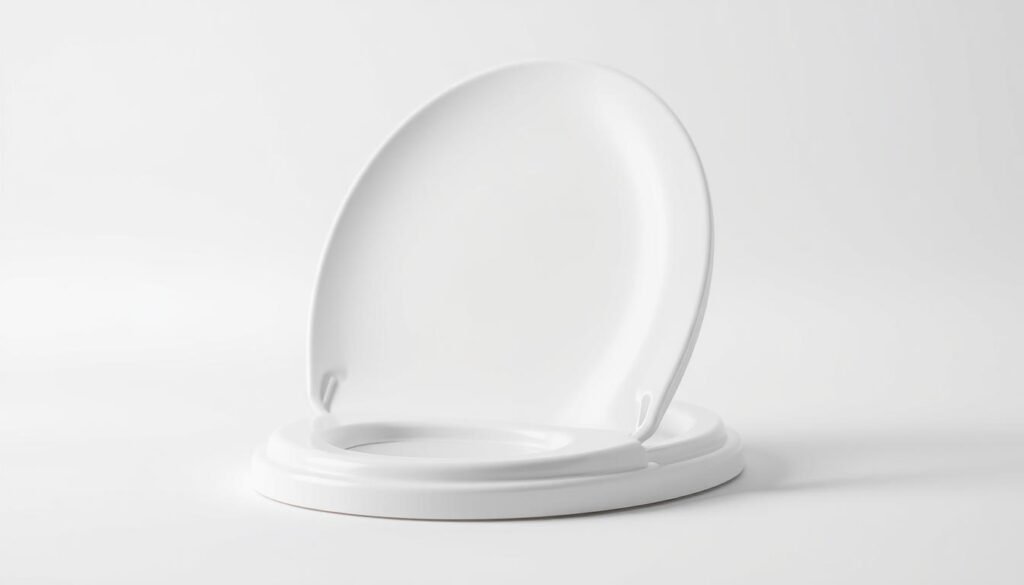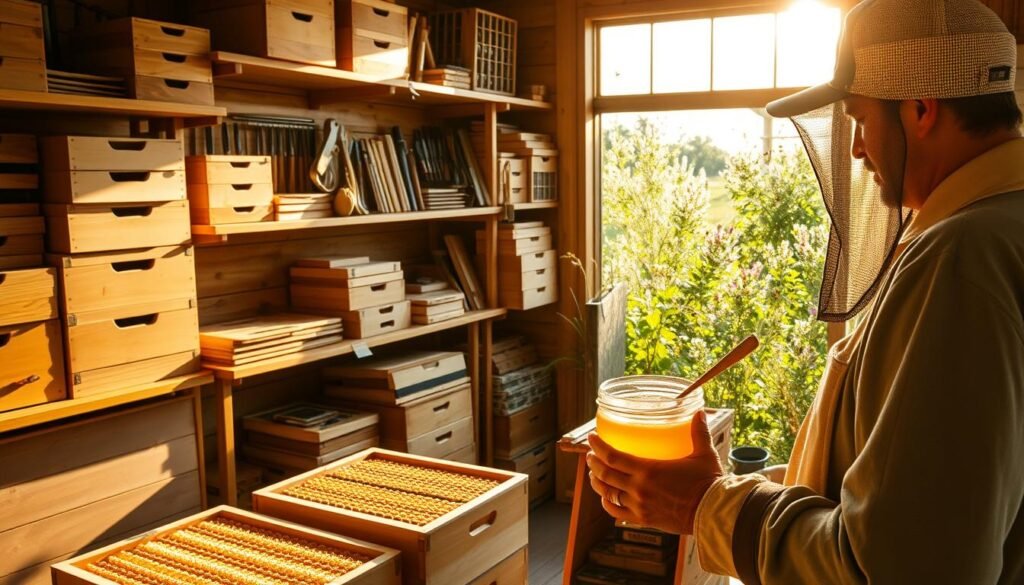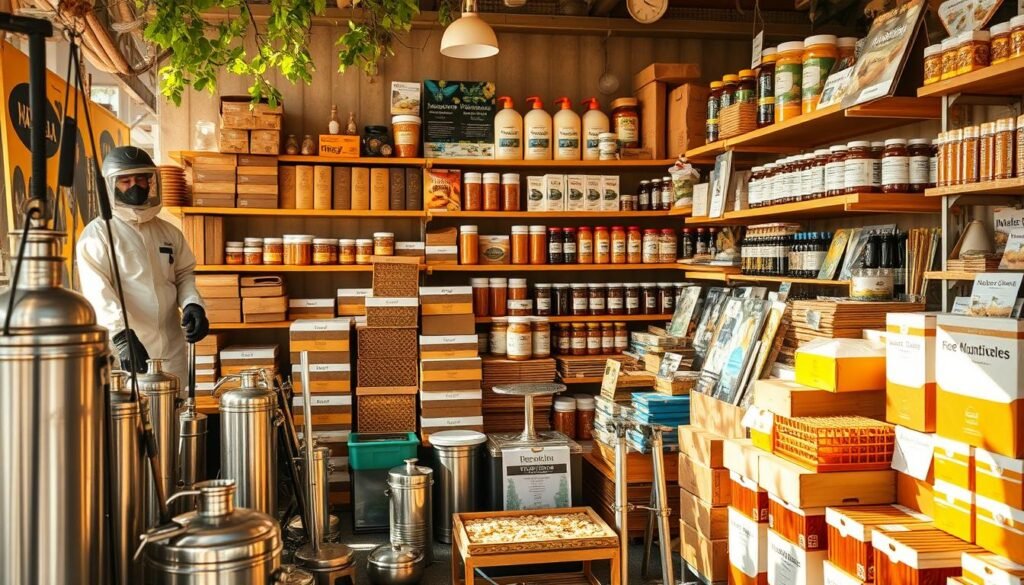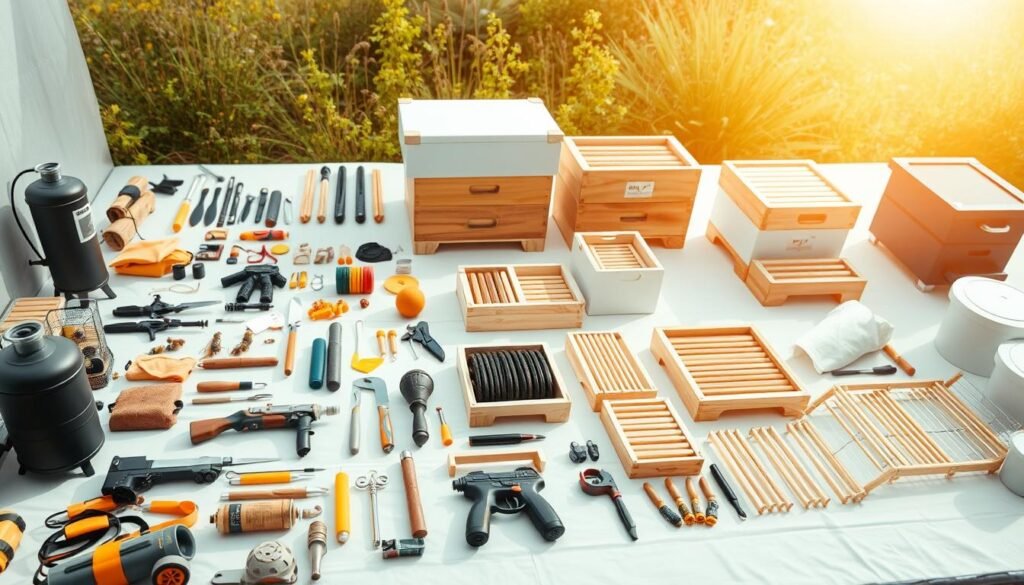When nature calls in the bush or during a crisis, reliable sanitation becomes non-negotiable. Portable systems offer a hygienic fix for camping trips, disaster prep, or plumbing failures. These compact setups combine practicality with affordability, making them a staple for Aussies who value preparedness.
Emergency Zone and Sunset Survival lead the market with budget-friendly kits. Prices range from $37 for basic models to $63 for full packages. Higher-tier options include eco-friendly waste treatments, gloves, and biodegradable liners—critical for minimising environmental impact.
Durability matters in harsh conditions. Modern designs use crush-resistant materials and snap-on lids for easy transport. Many users repurpose the containers for storing gear when not needed for sanitation, adding value to the investment.
Key Takeaways
- Compact systems provide hygiene in remote areas or emergencies
- Kits range from $37 to $63 depending on included features
- Crush-resistant designs handle tough Aussie conditions
- Eco-friendly treatments reduce environmental harm
- Multi-use buckets save space in emergency supplies
Overview of Honey Bucket Toilets
Maintaining hygiene becomes critical when disasters strike or adventures take you off-grid. Portable sanitation systems address this need through practical designs tested in extreme conditions. Their development traces back to military operations, where rapid deployment and disease control determined mission success.
Origins in Crisis Management
These solutions evolved from field operations requiring instant waste containment. Emergency responders adopted them during natural disasters, where broken infrastructure risked public health outbreaks. The core principle remains unchanged: prevent contamination through immediate, accessible sanitation.
Versatility Beyond Emergencies
Outdoor enthusiasts value these systems for multi-day hikes or beach camping trips. They pair well with first aid kits in comprehensive safety plans. Unlike bulky alternatives, modern versions store compactly in 4WDs or caravans until needed.
Affordable maintenance and eco-friendly additives make them sustainable choices. Many models now include odour-neutralising treatments and leak-proof seals. This balance of simplicity and effectiveness explains their inclusion in emergency supplies across Australian households.
Honey Bucket Toilet Features and Benefits
Modern sanitation solutions balance user comfort with practical design. Key innovations focus on adaptability across environments, from remote campsites to emergency shelters. Two leading brands dominate this space with distinct approaches to portable systems.

Innovative Design and Removable Toilet Seat
The removable toilet seat revolutionises portable sanitation. Designed for standard 4-6 gallon containers, it provides stable seating comparable to household fixtures. Snap-on seat lid mechanisms lock securely during use while allowing quick removal for maintenance.
Sunset Survival’s model features an attached lid that clicks onto the container rim. This design prevents accidental spills during transport. Both brands use moulded plastic that withstands extreme temperatures without warping.
Detailed Product Components and Specifications
Emergency Zone’s complete kit (SKU 6301) includes a 5-gallon container, biodegradable liners, and odour-neutralising treatments. Weighing 6 pounds, it ships in a compact 13” cube. The rival item (SKU MPP33) prioritises durability with crush-resistant materials.
Key differences emerge in price and accessories. Basic seat-and-container setups start at $37, while full kits with gloves and biohazard bags reach $63. Integrated handle designs simplify relocation, crucial during emergencies or campsite rotations.
Emergency and Survival Applications
Disasters don’t announce their arrival. Portable sanitation systems become critical when water supplies fail or infrastructure collapses. Their bright colour schemes and compact designs make them indispensable for maintaining hygiene during extended crises.
Readiness during Plumbing Failures and Sewage Backups
Emergency planners prioritise these systems for urban households facing burst pipes or blocked drains. When mains water stops flowing, a self-contained setup prevents contamination risks. High-visibility yellow units help responders locate sanitation points quickly during school lockdowns or flood evacuations.
Recent storm seasons saw coastal communities rely on these solutions for weeks. Their leak-proof seals and odour controls proved vital when sewage networks overflowed. Many councils now stockpile them alongside sandbags and generators.
Integration with First Aid and Emergency Supplies
Medical teams pair sanitation kits with first aid stations during disaster relief operations. This dual approach addresses wound care and disease prevention simultaneously. Training programs teach families to store units near emergency blankets and water filters.
Survival experts recommend monthly checks of all supplies. Rotate biodegradable liners and disinfectants alongside bandages and medications. This practice ensures readiness when bushfires strike or cyclones cut off regional towns.
Conclusion
In unpredictable situations where hygiene can’t be compromised, portable sanitation systems prove their worth. These compact solutions deliver reliability across camping trips, disaster responses, and off-grid living. Their evolution from basic containers to refined setups reflects years of user feedback and material innovation.
Modern designs prioritise comfort without sacrificing durability. Features like snap-lock lids and biodegradable treatments address both practicality and environmental concerns. Price considerations now extend beyond initial costs, factoring in multi-use potential and long-term storage capabilities.
The growing adoption of these systems highlights their role in comprehensive preparedness strategies. Future improvements will likely focus on lightweight materials and sustainable waste management. Such advancements could further integrate them with eco-conscious outdoor practices.
Australian buyers should assess their specific needs – whether for occasional adventures or emergency scenarios. Balancing frequency of use with budget constraints ensures optimal value. Quality units often serve dual purposes, functioning as storage for tools or supplies when not in active use.
As awareness grows, these sanitation solutions cement their place in safety planning nationwide. Their continued refinement promises enhanced accessibility for diverse applications across the country’s unique landscapes.




